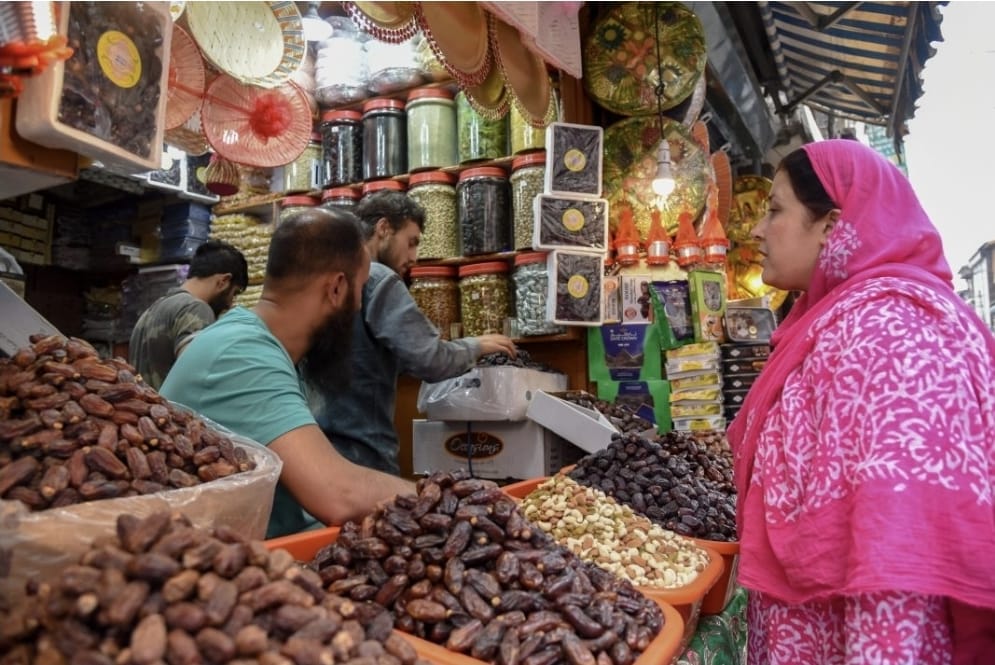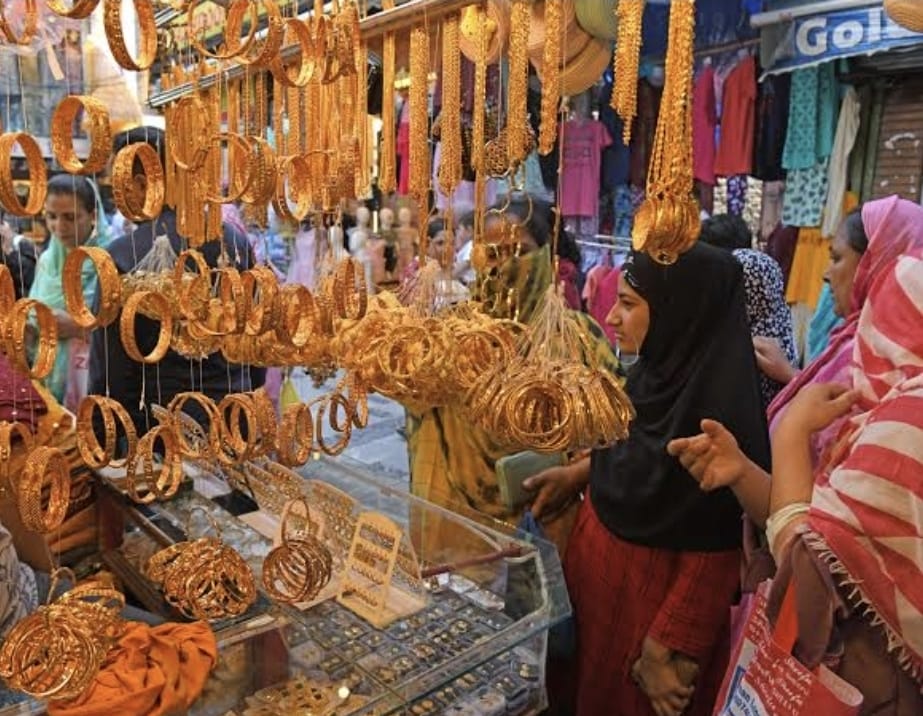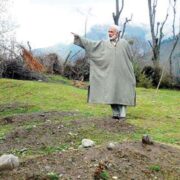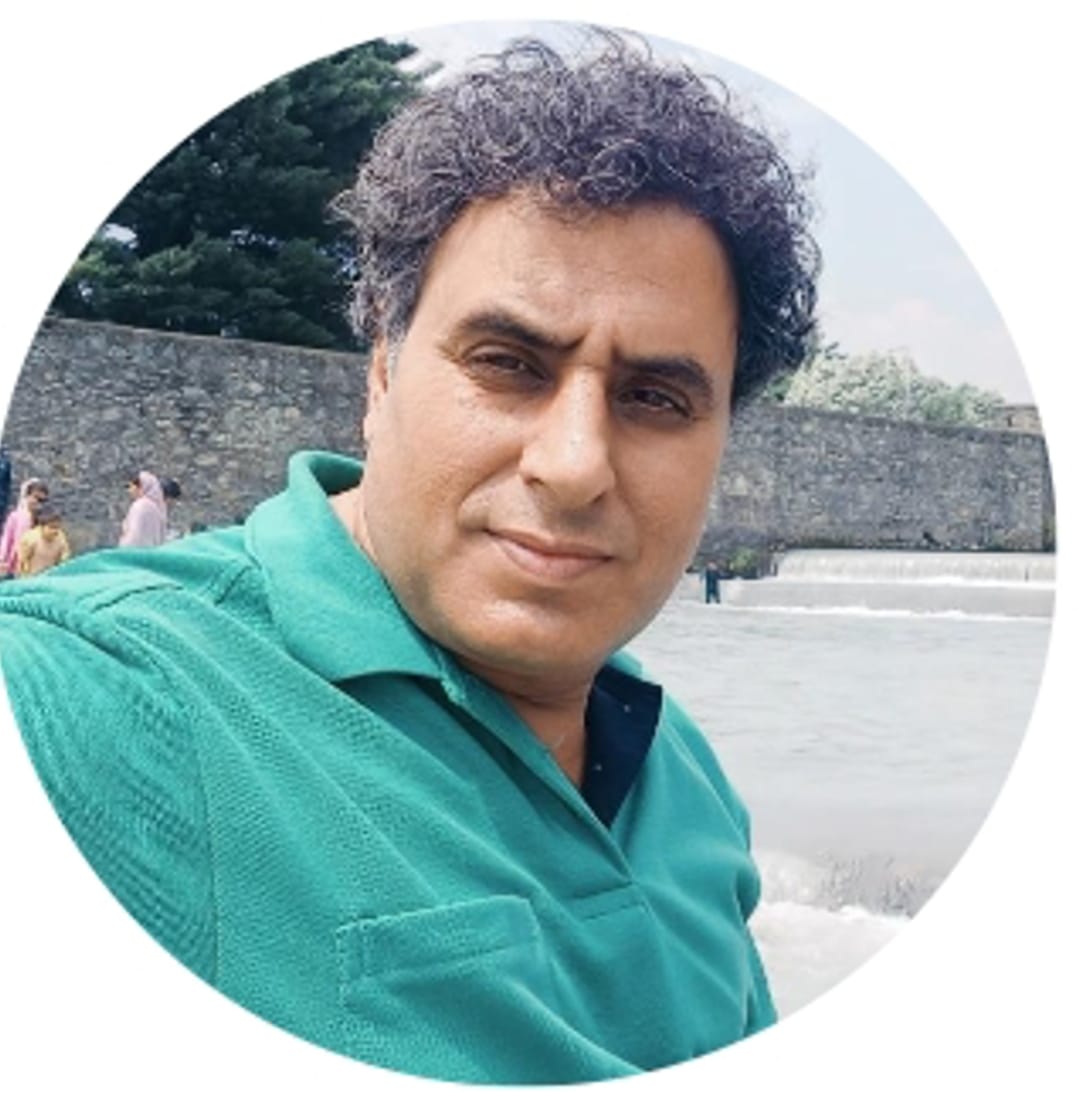On Geelani’s Death Anniversary, Normalcy And Life As Usual Every Year, Kashmiris Reject Separatist Politics

On 1st September 2025, Syed Ali Shah Geelani’s fourth death anniversary, Kashmir has spoken out loudly – in silence. No protests. No shutdowns. No stone pelting. No violence. Just life as usual. Schools, shops, and markets open, public transport bustling, and people going about their daily routines. This silence is historic, a stark departure from the decades of unrest that once defined the Valley in response to Geelani’s calls for strikes and resistance. Where are those people who once congratulated Kashmiris for paralyzing their own homeland with shutdowns? Where are the voices that glorified chaos as “resistance”? They are silent because their script has ended. The absence of disruption is not emptiness—it is clarity, a resounding rejection of separatist politics that long held Kashmir hostage.
How Geelani And Those Around Him Held Kashmir Hostage
For years, separatist leaders wielded Geelani’s image as their banner. They built wealth and power while ordinary Kashmiris paid the price in blood, lost opportunities, and shattered dreams.
Geelani, a towering figure in the Kashmiri separatist movement, was portrayed as the unyielding champion of azadi (freedom), advocating for Kashmir’s merger with Pakistan. Yet, his own words tell a different story, revealing contradictions that unravel the myth of his movement. He described Pakistan’s role as merely “moral, political, diplomatic,” insisted Kashmiris were not enemies of Indians, and dismissed Indo-Pak talks as delaying tactics. Despite these layered statements, separatists twisted his image into a permanent tool of unrest. They weaponized Geelani’s name to fuel a cycle of strikes, violence, and boycotts that suffocated the Valley’s economy and future.
Geelani’s ideological conviction, strategic manipulation
Geelani’s legacy is a paradox, a blend of ideological conviction and strategic manipulation. Born in 1929 in Zurimanz village in Aloosa tehsil of Bandipora district of North Kashmir to a poor family, he rose from a schoolteacher to a three-time MLA from Sopore. As MLA, Geelani served over 18 years owing allegiance to India’s Constitution—a system he later urged Kashmiris to reject.
Geelani thrived in Indian democracy, winning elections in 1972, 1977, and 1987, taking oaths of allegiance to the very Constitution he denounced as a betrayal of Kashmiri aspirations. This double standard—participation for leaders, boycott for the masses—became a hallmark of his movement.
While Geelani called for election boycotts, recent polls in Kashmir saw a 65% voter turnout, the highest in 25 years, signaling a growing embrace of democratic processes over separatist rhetoric. His calls for hartals (strikes) crippled livelihoods, shuttering schools and businesses. Yet Geelani’s own family enjoyed privileges. His sons trained as doctors. His daughters were educated and employed. His grandchildren got educated in elite Indian schools and lived a plush life.
This hypocrisy fueled talk in Kashmir that Geelani and the other separatists demanded sacrifices from ordinary Kashmiris while securing personal comfort. By 2020, Geelani exposed the rot within his own camp. In his dramatic resignation from the All Parties Hurriyat Conference (APHC), he accused its leaders of corruption, nepotism, and misusing his name for personal gain. The architect of the separatist movement had lost faith in the very “struggle” he had built, revealing its fragility and opportunism.
Power, Control, Zero Accountability of Separatist Leaders
If Geelani acknowledged the betrayal within his ranks, what does that say about the so-called fight for "azadi"? It lays bare a harsh truth: the movement was not about liberation. It was about power and control over Kashmir and parts of Jammu region with zero accountability. Separatist leaders acted as brokers of instability. They exploited Pakistan’s support to serve their own interests while ordinary Kashmiris bore the cost.
The narrative of “resistance” peddled by separatists was, in reality, manipulation. Pakistan’s role in Kashmir, far from being merely diplomatic, has been linked to funding militancy, with allegations of Geelani receiving Rs 700,000 monthly from Pakistan’s Inter-Services Intelligence (ISI) via his cousin, a US-based lobbyist.
The National Investigation Agency (NIA) probed Geelani for terror funding, fining him Rs 14.4 lakh for foreign exchange violations. His politics, tied to Jamaat-e-Islami and later the All Part Hurriyat Conference (APHC), were accused of radicalizing youth and fueling violence that claimed over 100,000 lives, including the 1990 Kashmiri Pandit exodus.
Jammu and Kashmir's Chief Minister Omar Abdullah has argued that Geelani’s calls for militancy and strikes led to economic stagnation and eroded the Valley’s pluralistic Sufi traditions, replacing them with a rigid Islamist ideology that stifled dissent and suppressed women’s rights.
Omar Abdullah’s comments reflect a widely documented perspective among regional leaders and analysts regarding Geelani’s role in economic and social erosion in the Valley.
Human Toll Of The Manipulation By Separatists
The everyday experiences of ordinary Kashmiris reflect the human toll of this manipulation. Javiad from Central Kashmir recalls the “dark days” of hartals, when he walked from Budgam to Srinagar to buy baby food for his son during a Geelani-led shutdown. “Why should I remember him on his death anniversary?” Javiad asks, his voice heavy with resentment. “Those strikes only brought suffering.”
Sara Begum from Ganderbal shares a more personal tragedy. Her only son, a master’s student at Kashmir University, lost his eyesight to injuries caused by a pellet gun during protests incited by separatist calls. “Geelani is a villain to me,” she says, her grief underscoring the thousands of young lives sacrificed for a cause that enriched its leaders while leaving families broken.
A middle-aged man from Kulgam offers a scathing assessment: “Geelani was not a leader who followed the common masses’ opinion. Tired of Jamaat-e-Islami (JEI), he supplanted it with Hurriyat for his own grandeur and to cement his legacy.”
The Kulgam man was referring to the time when Syed Ali Shah Geelani split from JEI and formed his own political organization, Tehreek-e Hurriyat. The separation was mainly due to ideological differences and disagreements over strategy, which led Geelani to distance himself from JEI.
These voices reveal a growing disillusionment, a recognition that Geelani’s movement prioritized his image over the people’s welfare.
The Silence of The Kashmiris Is A Powerful Statement
The silence on Geelani’s death anniversary is not just an absence of protest—it is a powerful statement. Kashmiris have chosen peace, education, and livelihoods over the chaos of separatism. Schools are open, markets are thriving, and the Valley is witnessing development new infrastructure, booming tourism, and economic opportunities—that contrast sharply with the “dead ends” of Geelani’s era.
This shift is not imposed by the Centre, as some pro-Geelani voices claim. It is embraced by a population weary of being pawns in a geopolitical game. Pakistan’s failure to script Kashmir’s destiny is evident in this quiet rejection of its proxies. The high voter turnout, the bustling streets, and the absence of violence signal a new chapter – one where Kashmiris are reclaiming their agency from the grip of separatist politics.
Geelani’s political legacy is a study in contradictions. To his supporters, he remains a “torchbearer” of resistance.
Pakistan honoured Geelani with Nishan-e-Pakistan in 2020. Pakistan’s political leaders Asif Ali Zardari and Ishaq Dar eulogized Geelani on his recent death anniversary by praising his “unwavering resoluteness.” Rallies in Muzaffarabad and conferences in Islamabad hailed him as “Quaid-e-Kashmir,” crediting him with globalizing the Kashmir cause. His autobiography, 'Wular Kinaray', and fiery speeches during the 2008–2016 uprisings inspired generations. Slogans like “Na Jhukne Wala Geelani” (The Unbending Geelani) became war cries. Yet, this narrative crumbles under scrutiny.
Geelani’s leadership was less about collective will and more about his own cult of personality
His own resignation from APHC exposed the movement’s internal corruption, and his family’s disassociation—most notably granddaughter Ruwa Shah’s 2024 pledge of loyalty to India—underscores the cracks in his ideology.
Geelani’s legacy is further tainted by his manipulation of institutions he once embraced. His tenure as an MLA, enjoying state pensions and facilities, contrasts sharply with his calls for boycotts that disrupted education and commerce. His founding of Tehreek-e-Hurriyat and leadership of APHC’s hardline faction entrenched a politics of confrontation, yet he distanced himself from the very organizations he built when their flaws became undeniable. The Kulgam resident’s critique—that he sidelined Hurriyat and Jamaat-e-Islami for personal glory reflects a broader sentiment that Geelani’s leadership was less about collective will and more about his own cult of personality.
The truth is undeniable: Pakistan and its separatist proxies exploited Kashmir for decades, using Geelani’s image to perpetuate instability while offering nothing tangible in return. The “azadi” they promised was a mirage, a tool to control rather than liberate. Geelani died in 2021. His fourth death anniversary proves it—Kashmiris are choosing life over lies, progress over protest. This cannot be labelled as India imposing peace. It is Kashmiris embracing peace, reclaiming their future from the shadows of a failed movement.
Let the world take note: separatism thrived on manipulation, but Kashmir’s silence is its victory, a testament to a people who have seen through the deception and chosen a path of clarity and hope.
(Got a fresh perspective? C-KAR invites original articles and opinion pieces that haven’t been published elsewhere. Send your submissions to deputydirector@c-kar.com)





